The Trak Racer TR120 in a few words
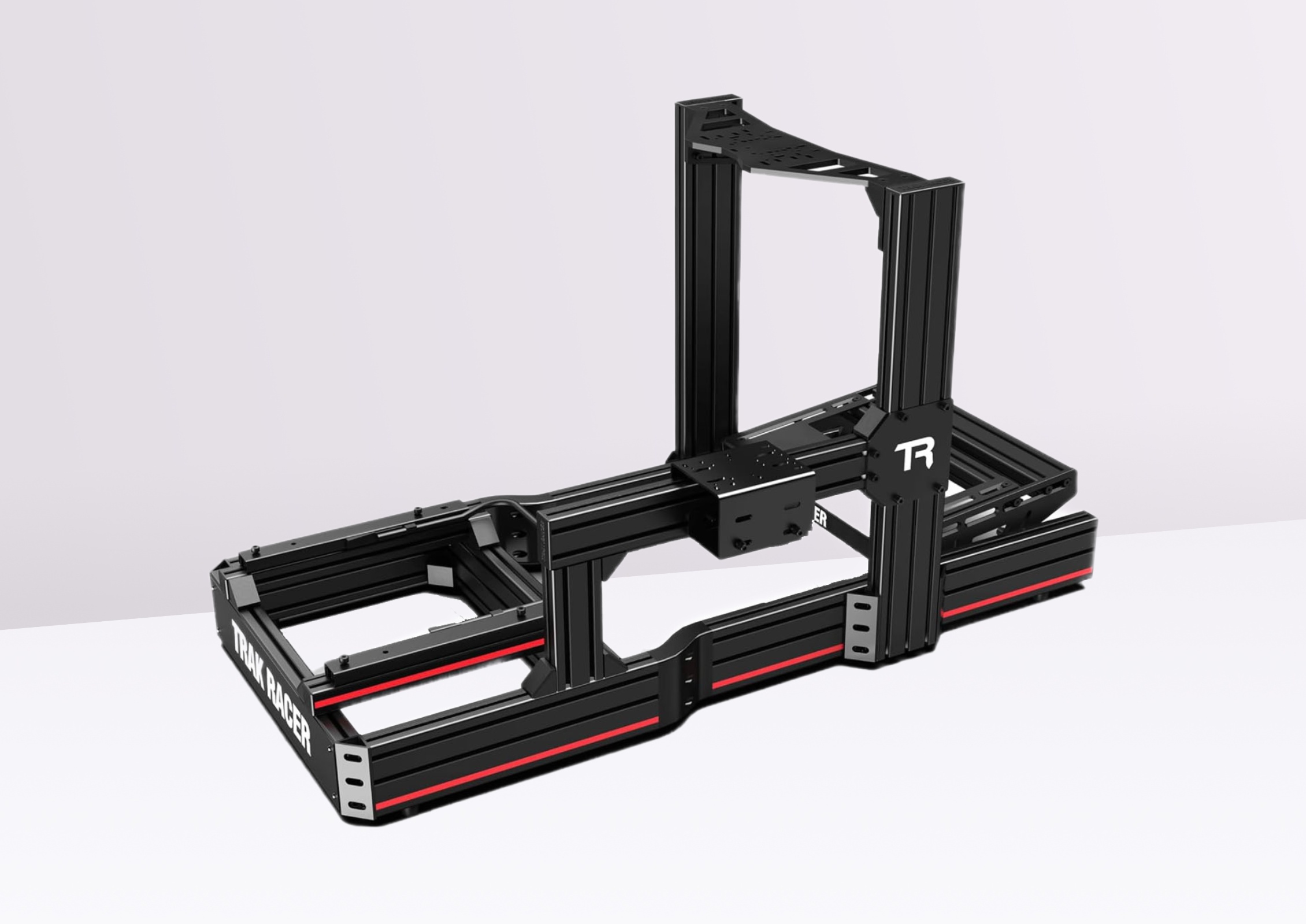
Advantages & Disadvantages
✅ Rigid construction thanks to the use of profiled aluminum
✅ Compatible with numerous sim-racing and flight simulation peripherals as well
✅ Numerous customization options with Trak Racer catalog
✅ Highly adjustable base, crankset and shifter/handbrake mounts
❌ Virtually all support options are not free of charge
❌ Can be very expensive in full-option configuration
ㅤ
The ultimate goal of sim-racing is to have a rig that’s as close as possible to a racing car cockpit, whatever your discipline. Like F1? Then you’ll have a setup that makes you feel like you’re inside a single-seater. And that goes for virtually all motorsport disciplines, except perhaps for racers who are chill in their sim-racing session.
There are many players on the market, from simu peripherals to chassis. There’s no shortage of competition in sim-racing, with different brands operating in different segments. As far as chassis are concerned, Trak Racer has been in the game for around fifteen years. The company has revolutionized the sim-racing cockpit segment, using high-quality materials and constantly evolving manufacturing methods.
Among the products offered by this chassis manufacturer, we have the TR120, which is rather mid-range in its category. In what follows, I’m going to introduce you to this chassis, tell you about its strengths and weaknesses, and give you my opinion on it.
Main and technical cockpit features
- All-aluminum profiled chassis
- Structure capable of withstanding a maximum torque of 25 nm
- Compatible with virtually all premium sim-racing devices currently on the market
- Highly customizable brackets with numerous choices and mounting options
- Powder-coated finish all over the frame
- Comprehensive accessory catalog, enabling extensive customization
TR120 design
If you’ve ever seen a sim-racing chassis, you’ll know that they’re either tubular or rectangular in structure. The TR120 belongs to the second category of chassis, with a sober and rather conservative design as far as I’m concerned.
You’ve got the frame, or frame, on which everything mounts: from the seat rails, to the bottom bracket and plate, to the rising structure for the base and/or monitors. It’s a beautiful frame, simple but beautiful, with an all-black powder-coated finish, a few red inserts and white logos here and there.
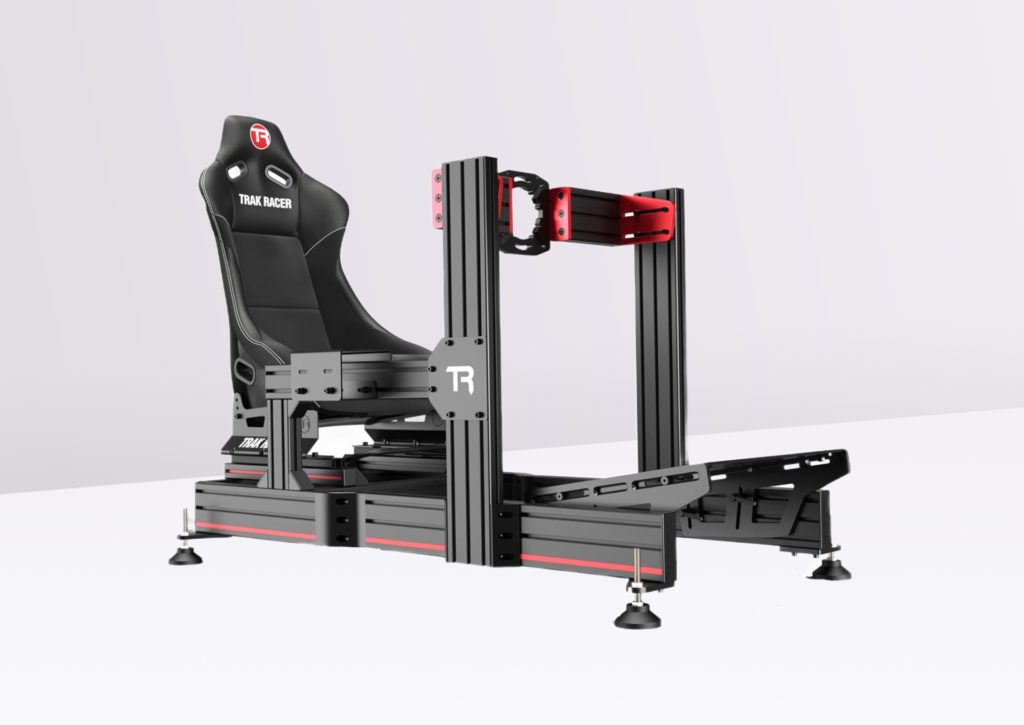
Manufacturing and finishing
For the TR120, Trak Racer used profiled aluminum to ensure the rigidity of the entire structure, and after trying it out, I can confirm that this is indeed the case. The aluminum chassis is very well made, with, from my own investigation, virtually no apparent defects.
All the TR120’s parts and brackets are very well finished, with all the screws and bolts needed to secure the parts supplied. However, not everything on the TR120 is perfect, and on several occasions I noticed scratches in the paintwork after this cockpit had been assembled. It turns out that powder paint is rather fragile, especially when there’s slight contact between 2 metal parts. As a result, I suggest you take care when handling the various brackets during assembly, at the risk of getting some not-so-beautiful scratches and scuffs on your cockpit.
Frame assembly
Assembling the TR120 is, well… tedious. There are numerous packages and boxes for the TR120, all depending on the chassis configuration and accessories chosen.
Otherwise, assembly will take a long time, as there are a huge number of parts to fit, but the instructions in the manual are very clear. However, said manual is in digital format, so you’ll need a smartphone, tablet or computer nearby to assemble the TR120.
Also, and this is a little personal advice for those who are going to acquire this cockpit: do the assembly with a second pair of hands to greatly facilitate the operation, and take a square to align the various brackets correctly on the profile frame, otherwise you’ll end up with holes that aren’t facing each other on many elements.
One last point concerning assembly: try to unpack packages outdoors, especially those containing profiled aluminium bars, as you’ll find metal filings and residues.
Using the cockpit
The TR120 is a chassis that can be used for a wide range of sim-racing competitions, from rallying to GT to F1. The structure is highly adjustable, giving you the perfect driving position, which is the strength of aluminum profile chassis.
You can opt for a reverse crankset mounting kit, to best accommodate F1 or GT3-style riding positions, for example. Trak Racer’s accessory catalog is very comprehensive for the TR120, and you’ll find everything you need to customize this chassis to your needs.
Sensation in play
As far as in-game sensations are concerned, the TR120 is simply an excellent cockpit for sim-racing on. The structure handles the 25 nm of a Fanatec Podium DD2 set at maximum power without flinching, and it’s magnificent.
Virtually everything on the TR120 is adjustable, from the riding position to the various brackets and plates for sim-racing peripherals. What’s more, when it comes to the bottom bracket, you have the option of choosing an inverted hybrid kit, so as to have an F1-style crankset in the correct position.
What’s more, and this is an improvement directly inspired by feedback from the TR160, the bottom bracket is much more robust this time around, showing only slight flex on heavy braking in Load Cell mode.
As for the sensations resulting from the driving position, I’d say they’re mixed. In fact, it depends on the bucket seat you choose. Indeed, some seats don’t live up to the brand’s reputation, as is the case with the GT-type bucket. I noticed a lot of flex on the latter, and I really didn’t like it, especially during heavy braking.
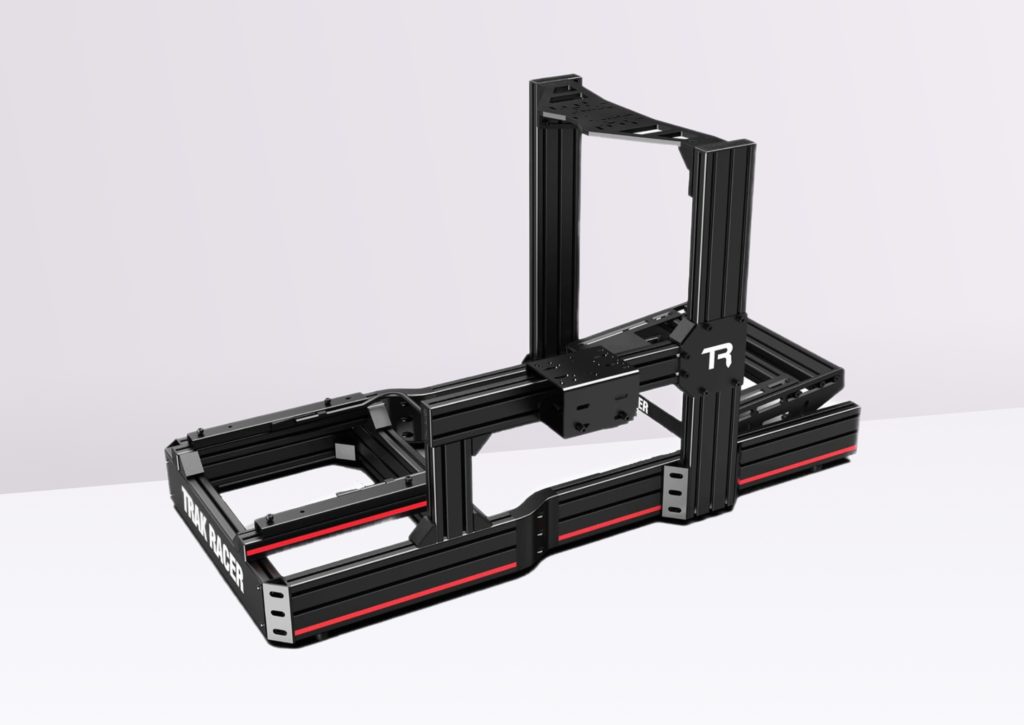
TR120 compatibility
On paper, the TR120 is compatible with more or less every sim-racing peripheral you can find on the market, from brands like Fanatec and Simucube, to Logitech and Thrustmaster, via Moza. It’s really complete, provided you have the right hardware to go with it. You can configure the TR120 with numerous brackets to accommodate different sim-racing peripherals, and that’s a real plus over the competition.
Of course, the TR120 supports Direct Drive bases up to 25 nm torque, and the same goes for Load Cell pedals, as well as brackets for mounting a total of 4 monitors. This is simply dinguery, and I’d say the 4 screens will be more useful on a flight simulator than on sim-racing.
Value for money
In its bare-bones version, the TR120 costs around €640, and you can customize it as you see fit. At this price, it’s still a very good option as far as I’m concerned, especially as the chassis is one of the most robust I’ve ever tried.
On the other hand, and this is both Trak Racing’s strength and weakness, the catalog of brackets and accessories is vast, which will quickly drive up the TR120’s price tag. In full option, with Alpine bucket seat, and all the possible accessories in the catalog, this cockpit will top €2,500, and that’s without delivery costs. At this price, it’s just too expensive as far as I’m concerned.
My verdict on Trak Racer’s TR120
Trak Racer has been listening to the community and sim-racer feedback for some years, and making improvements to its products. The TR120 has been affected by these upgrades, and is proving to be a very good chassis.
As far as I’m concerned, I’m in favor of taking the TR120 with a few accessories, like the TR-One base support, the aluminum bottom bracket or the inverted hybrid and the rally-style bucket seat for less than €1,200, excluding delivery costs. I know, it’s out of reach for many riders, but you can get the TR120 in the standard version, without accessories, for €640. In any case, I recommend this cockpit.

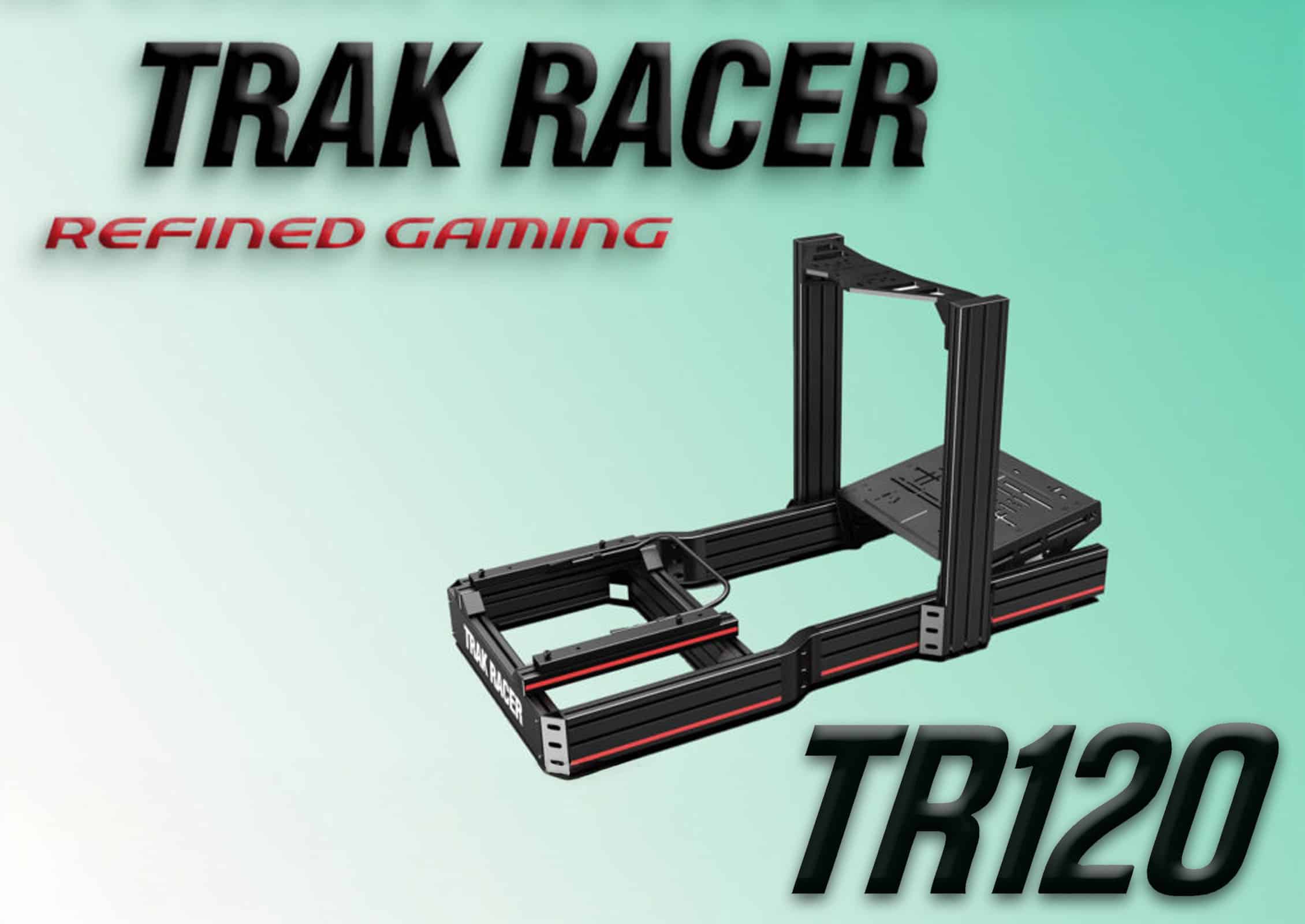


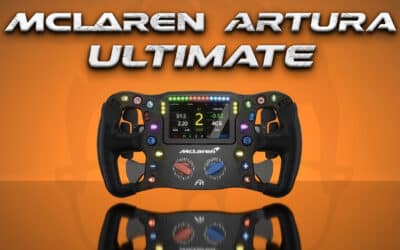


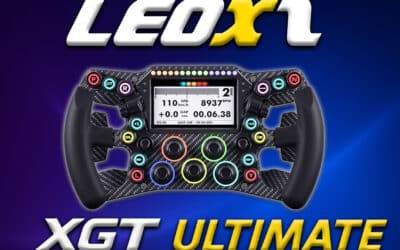
0 Comments